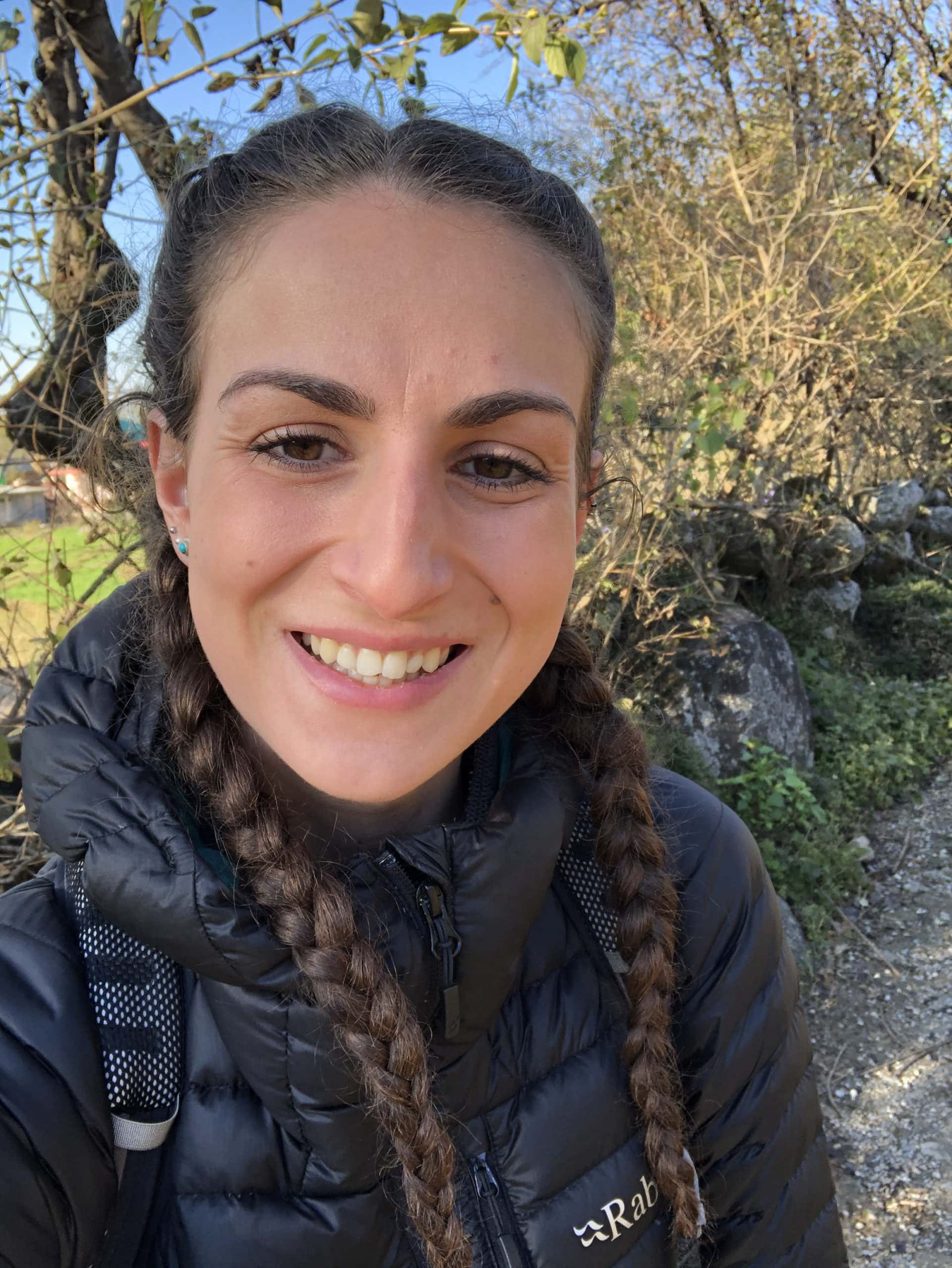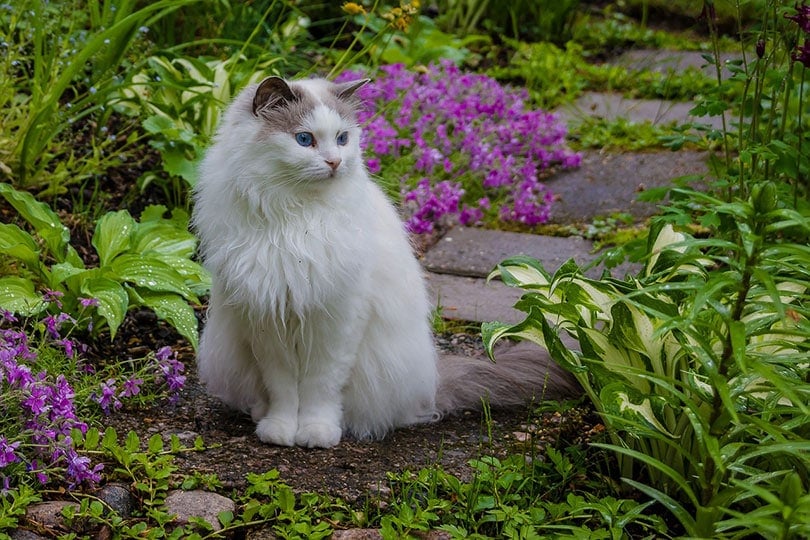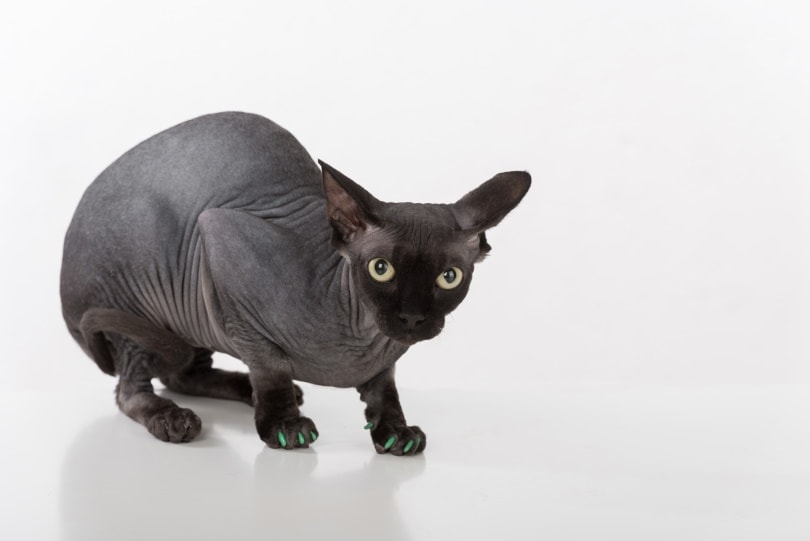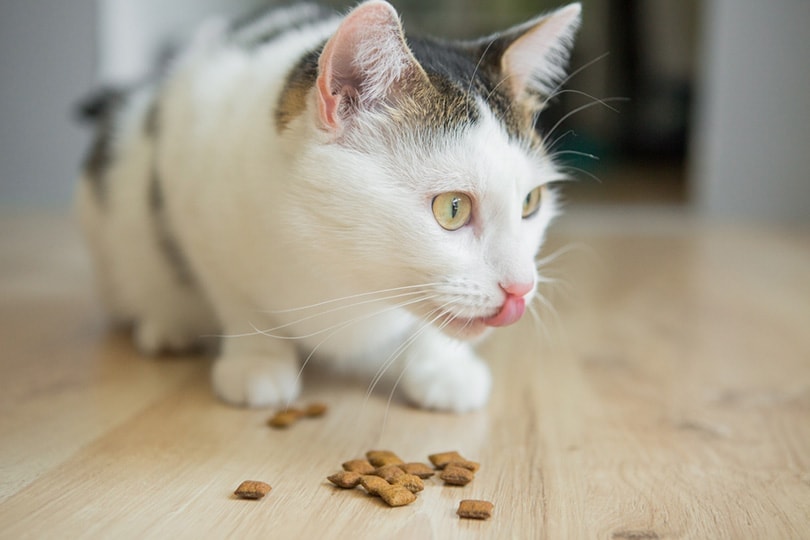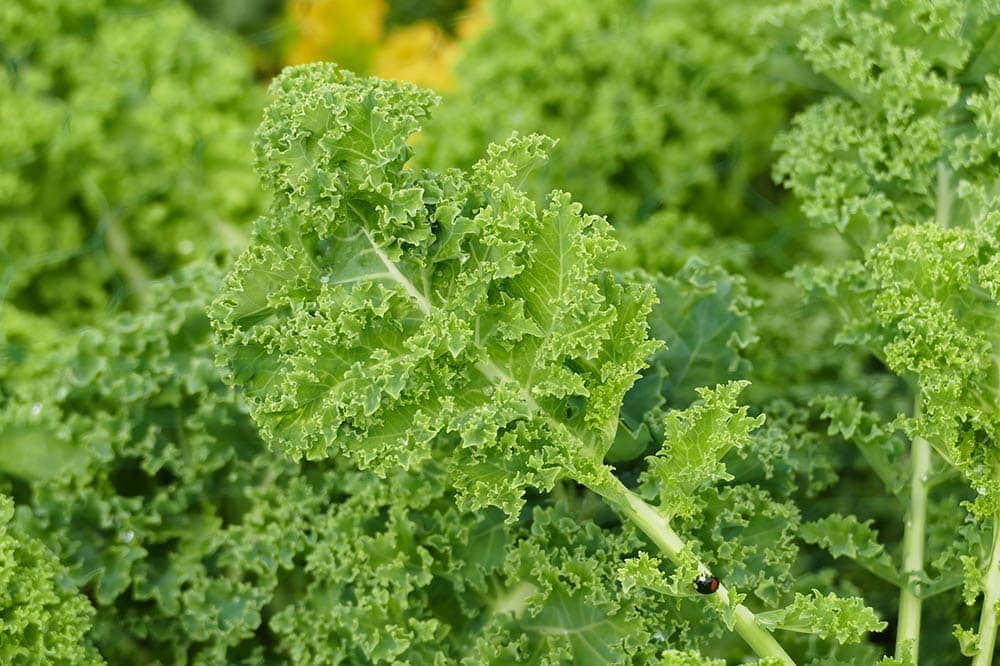When it comes to feeding your cat, you will find a myriad of options on the shelves of the pet store. There are more options than ever, and with so many advances in pet nutrition, there is something to suit every cat’s needs and desires! But this can make it tricky to choose a food for your feline friend – wet, dry, soup, prescription, complete … what does it all mean and which is best?
What are the factors to consider?
There are several things to consider before choosing a food for your cat. Your cat’s age and nutritional requirements are a key consideration, as cats need different balances of nutrients in their food at different ages. You will notice that most cat foods have a label stating the life stage they are for, so you should make sure you buy the right one for your pet. It’s also important to consider your cat’s likes and dislikes when it comes to flavor and texture, as well as any medical needs as some cats need to be on special diets to cater to this. Your veterinarian can help and advise you if you are unsure of your pet’s health and nutritional requirements.
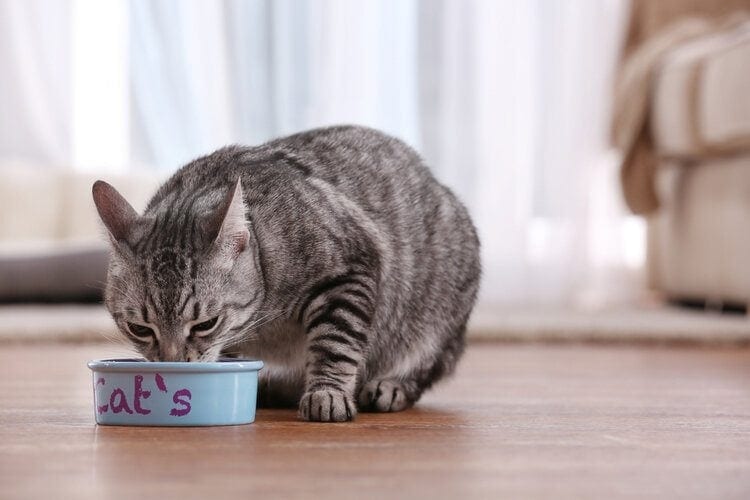
Choose a complete food
A “complete” food is one that is balanced and contains all the nutrients and goodness that your cat needs to stay healthy, with no need to add anything extra. The packaging will contain information on how much to feed your cat – the nutrition companies have helpfully worked this out to make it easy for us! It’s important that you consider your budget too, as there is a huge range in the cost of different foods. When it comes to the debate over wet food vs dry food, there are many arguments for and against both types of diet. Some cats will have a preference for one or the other, and conveniently make the choice for us. As pet parents, we all want to give our cats the best we can, but as long as they are being offered a complete and balanced food, they will be getting all the nutrition they need to stay healthy.
What are the pros and cons of wet food?
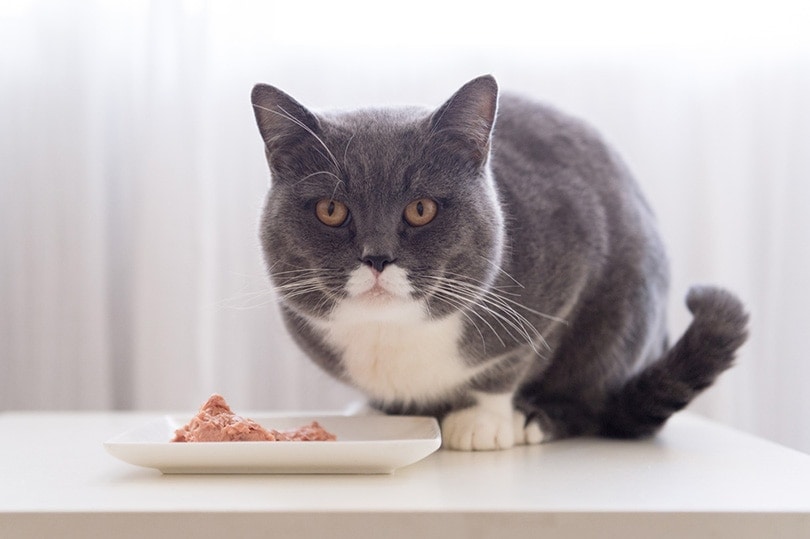
Cats have strong hunting instincts, and their natural prey is not only meaty but also has a high water content. For this reason, many cats prefer a wet food diet. Many cats also prefer the textures and tastes of wet food, especially with the variety of gravies, jellies, and soups that are available. Wet food tends to come in pre-measured portions such as small tins or sachets. This makes things easier when it comes to knowing how much to give your pet. One of the greatest advantages of wet food is the high water content, with roughly 65% more water than dried foods. So it not only fills your cat’s belly but also keeps them well hydrated. All cats, regardless of diet, need access to clean, fresh water at all times. But your cat will visit their water bowl less if they are on a wet diet. For cats with urinary or kidney issues, this can be particularly advantageous as it’s important to maintain hydration with these conditions. Cats with dental issues, missing teeth, or older cats often prefer wet food as it’s easier for them to eat due to its soft texture. Although wet food has a long shelf life, once opened it spoils quickly, so if your cat doesn’t finish his meal in 30-60 minutes the food will need to go in the trash to avoid bacterial contamination. Wet cat foods also tend to be slightly more expensive than dry.
What are the pros and cons of dry food?
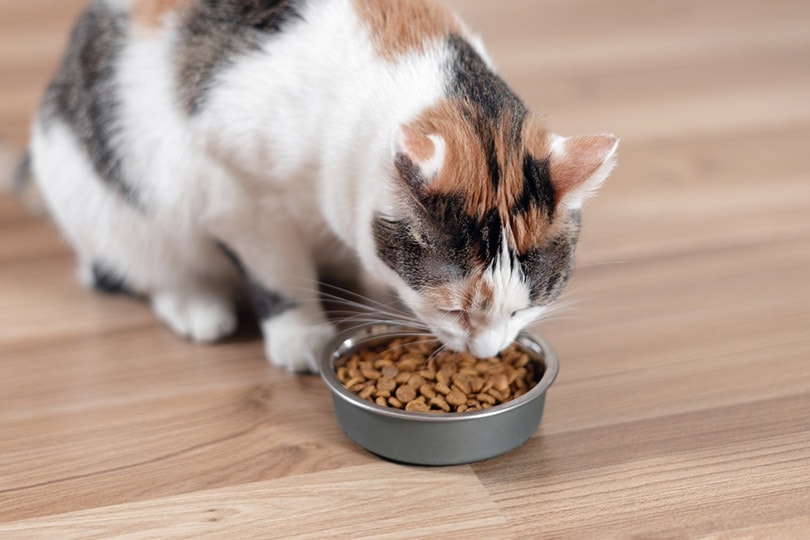
Dried cat food comes in large, budget-friendly packages that keep well once opened. And just like with wet, there is a whole range of flavors and kibble sizes to suit your pet’s taste. However, dried food doesn’t have the same range of textures and variety. The packaging will contain all the information you need to work out the right portion size for your pet, and this is usually easy to follow; most also come with a measuring cup to help you out. But it can sometimes be trickier or more time-consuming to get right compared to wet food. If your cat is a grazer or spends large parts of the day home alone while you are out, dried food can be a great choice. As it doesn’t spoil if it’s left out, your cat can come and go from his bowl as he pleases. Dried food is also suitable for microchip feeders that release food as your cat wants it and can also be used as treats. Dried foods contain less than 20% water, which means your cat will definitely need to head to the water bowl regularly to stay hydrated. Many cats love the crunchy texture of dried food, and this can be beneficial for their dental health – as they crunch on the kibble it helps to chip away any plaque that might be building up on your cat’s teeth and may help to prevent dental disease. However, dried food has a higher energy density than wet food, so care should be taken if your pet is overweight or on a diet! There are special weight loss or “lite” dried food diets available, and your veterinarian will be able to help you work out the correct portion sizes and daily energy requirements.
Can I feed my cat a mix of wet and dry food?
Most cats will have a preference for one or the other, but they all enjoy variety in their diet. So, feeding a combination of wet and dry, or changing up your cat’s diet every so often can help to keep them interested in their food and stimulate their appetite with lots of different flavors and textures. It is absolutely ok to feed your cat a mixture of wet and dried food. This might be a bit of both with each meal, or it might be wet food for breakfast and dried for dinner, or even wet some days and dried on others. Providing your cat with a combination of both types of food will give them all the benefits of each – great water content from the wet food as well as meaty textures, and crunchiness from the dried food. If you choose to offer your cat the best of both worlds, it’s important to consider portion control, which can be a little more complicated if you are mixing wet and dry. You can keep it simple by halving the recommended portion size of each type of food and offering your cat half and half. The best way to ensure your cat is getting the right amount of food for their age, weight, and activity levels is by speaking to your veterinarian or contacting the customer support services at the pet food manufacturers.
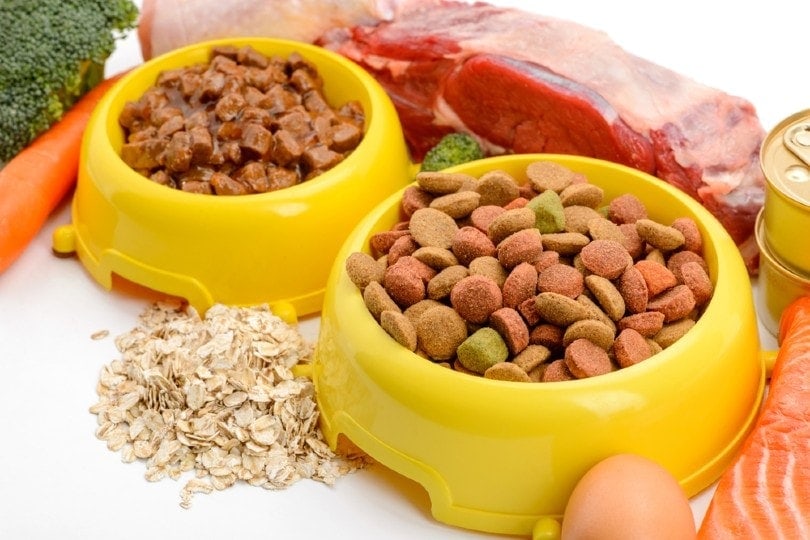
Is wet or dry food better for cats?
There are no hard and fast rules when it comes to feeding your cat, as long as they are receiving a complete and balanced commercially prepared diet. Both types of food have many advantages, as well as a few drawbacks. Wet food has a high water content and provides your cat with more variety, but it can be more expensive. Dried food is good for graze feeding and dental health, and is also cheaper but has a lower water content and a higher energy density. Ultimately, your cat will make their own choice when it comes to their food preferences, and these tastes might change throughout your cat’s life so it’s key to consider their age, health, and lifestyle when choosing a food for them. Cats enjoy and desire variety in their diet so changing things up occasionally or feeding a mixture of both types of food can keep them interested and stimulated.
Conclusion
Both wet and dry cat foods have their pros and cons, and many cats will already have a preference for one or the other. Wet food has a high water content, provides a range of textures and flavors to keep your cat interested, and comes in pre-measured portions. Dried food is more affordable and suits cats who like to graze throughout the day. It can also help keep your cat’s teeth healthy. However, it is more calorific and contains very little water. Your cat may enjoy one or the other or prefer a combination of wet and dry to give them the best of both worlds. But you should always consider your pet’s health needs, age, lifestyle, and weight when choosing a diet. Your veterinarian will be able to support you with your cat’s diet and advise you on what might suit them best.
Featured Image Credit: Left, kalhh, Pixabay. Right, TaWiPoP Pixabay
